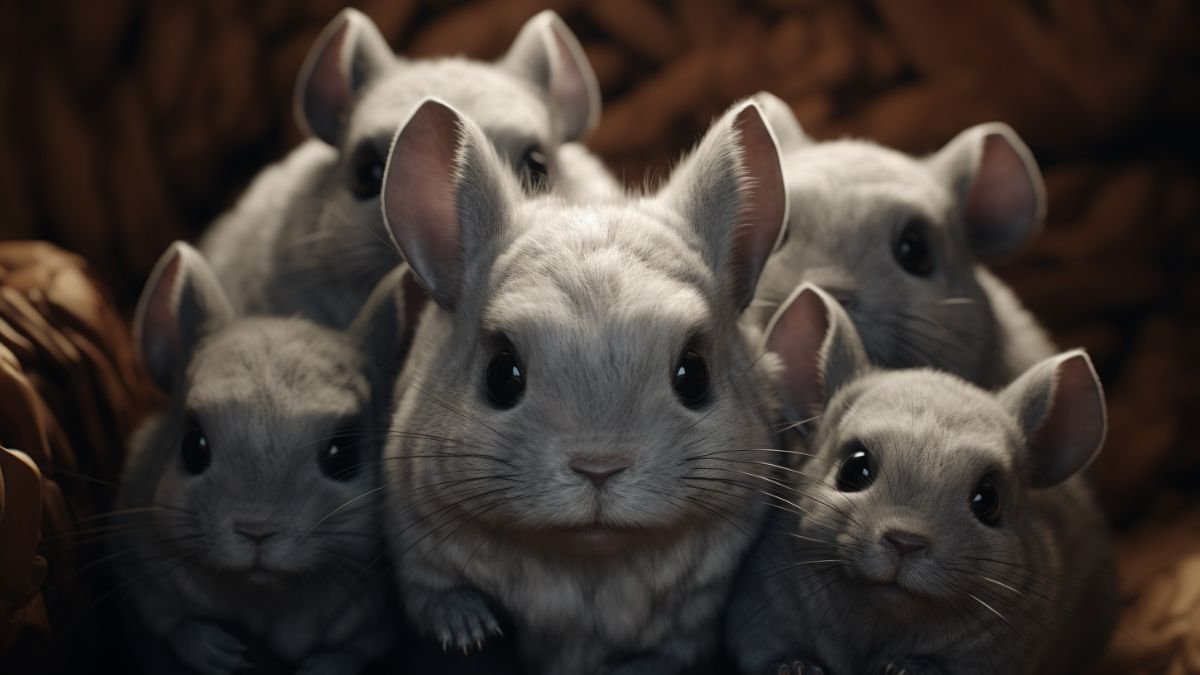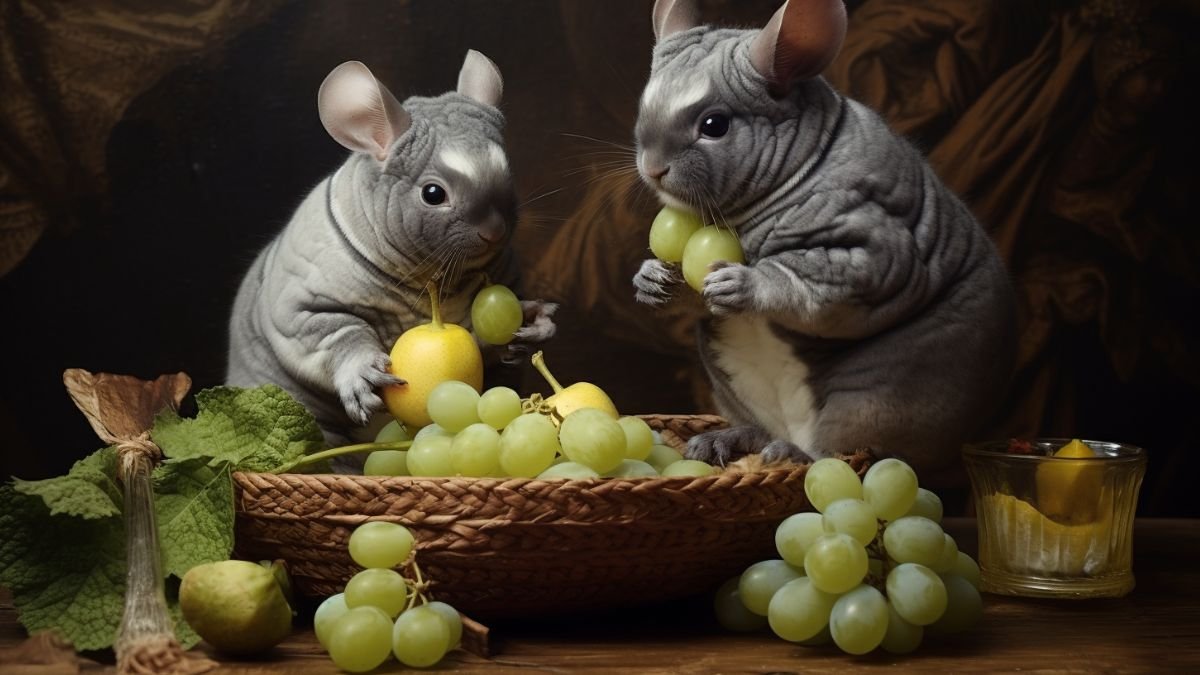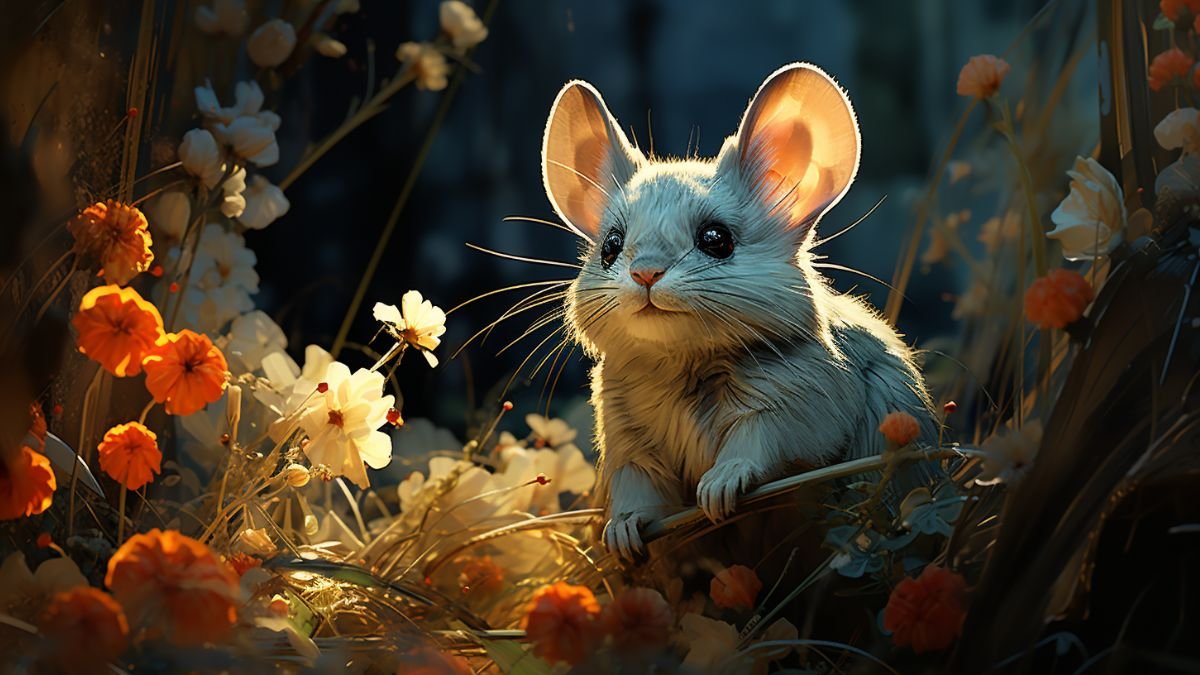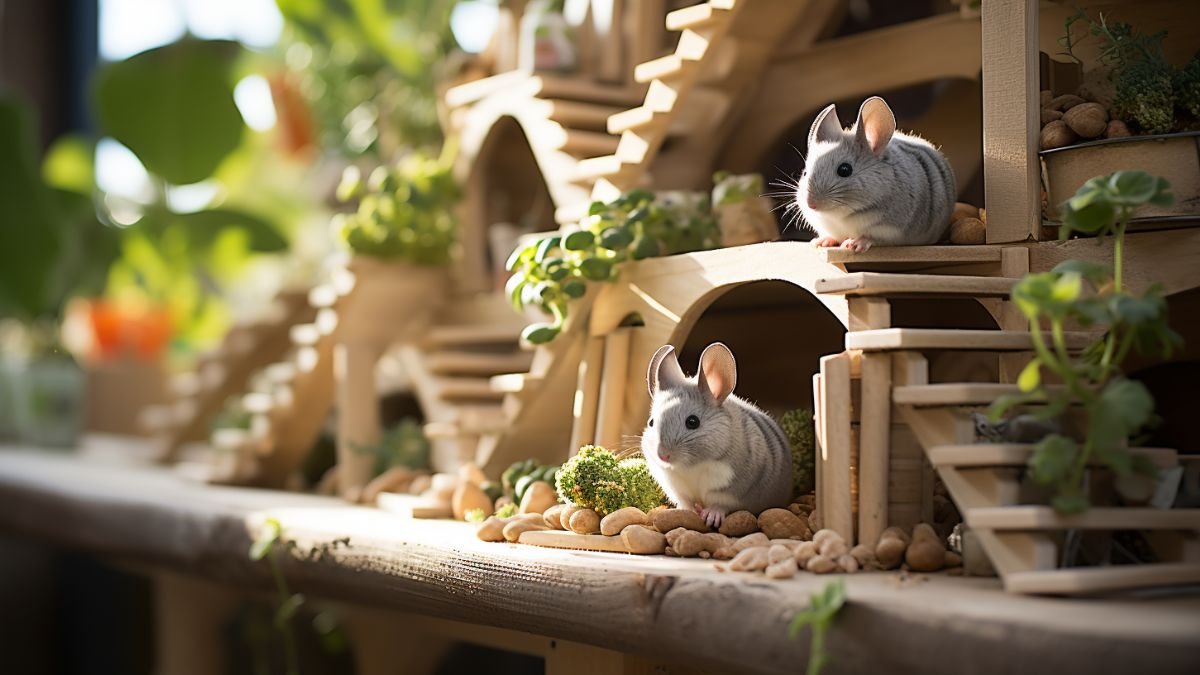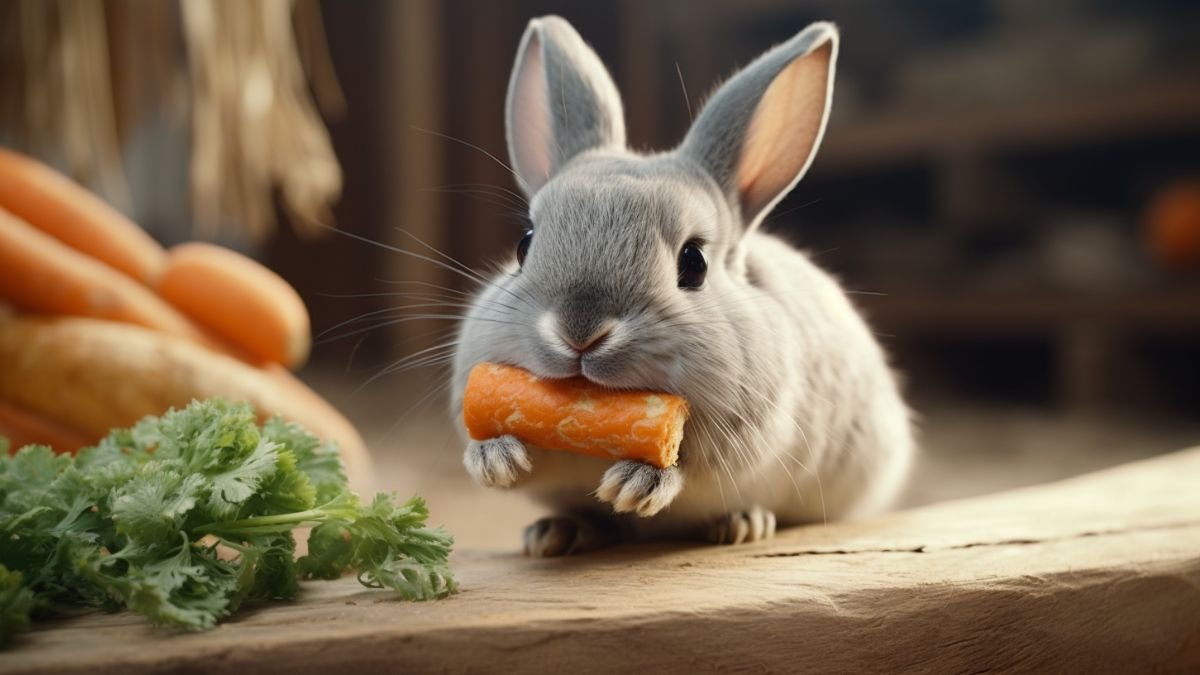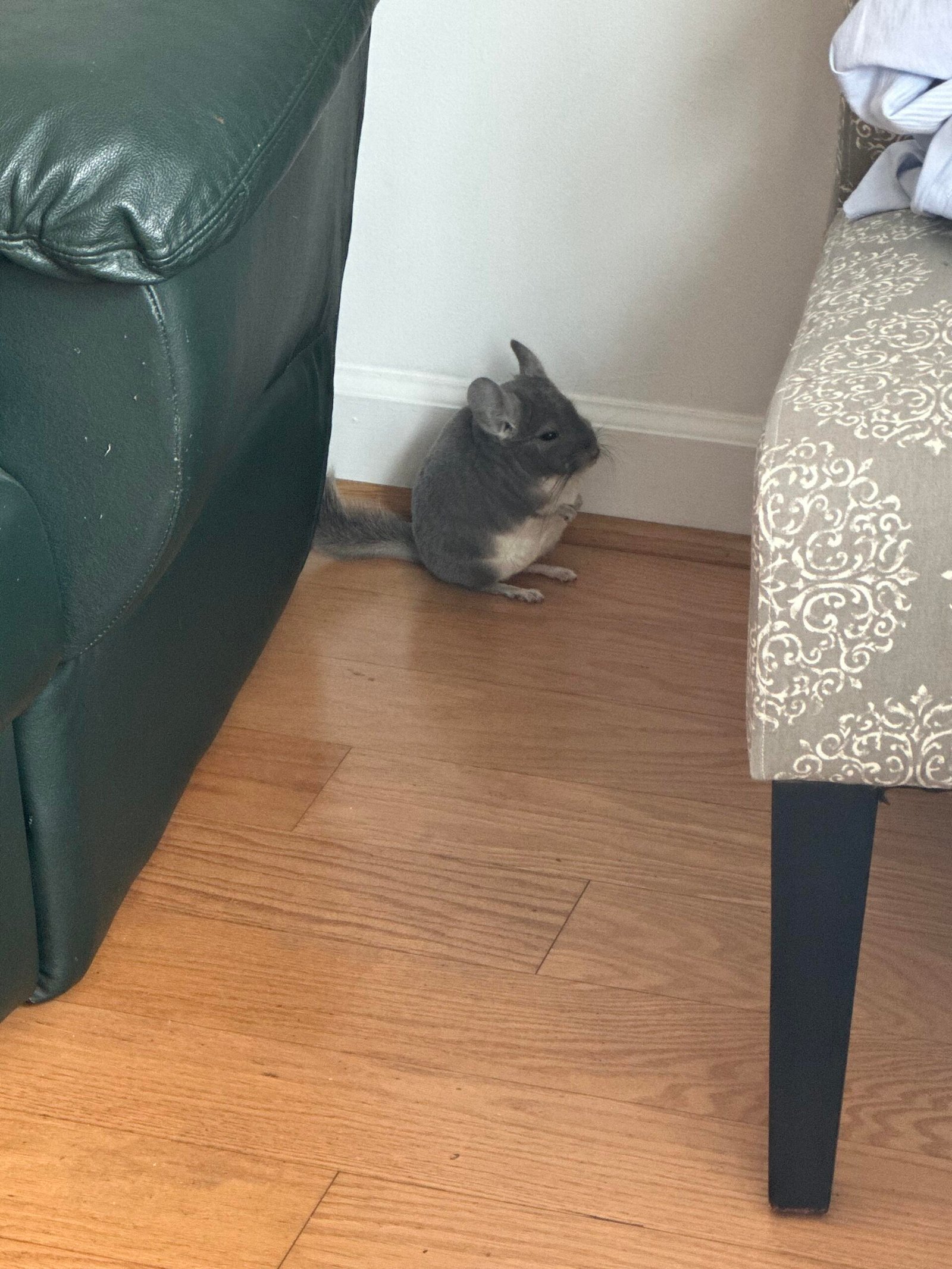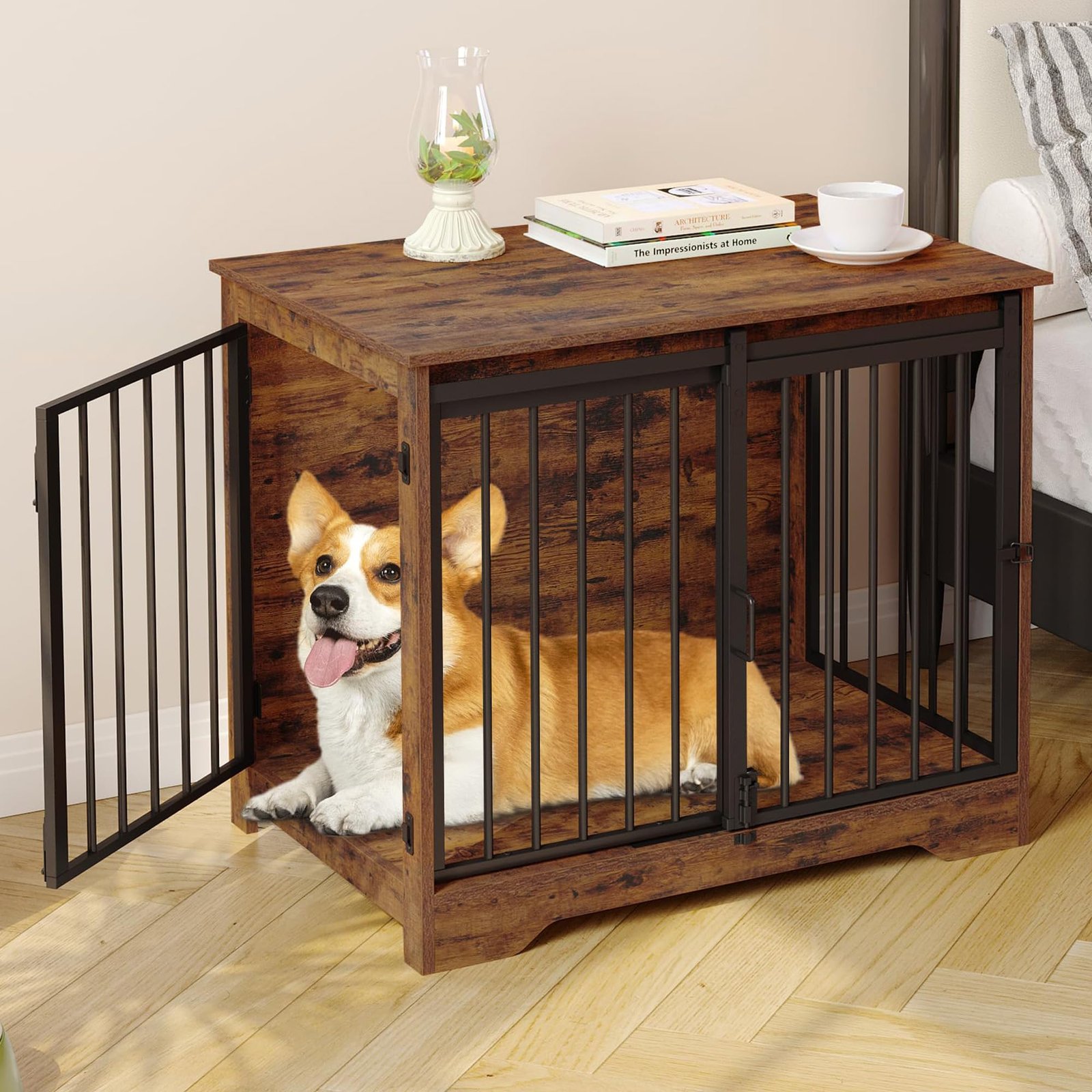
If you have a curious chinchilla at home, you know how quickly they can turn your wires and furniture into their personal chew toys. Not only can this be frustrating, but it can also be dangerous for your furry friend and costly for you.
You want to keep your chinchilla safe and your home intact—but where do you start? This guide will show you simple, effective ways to chin-proof your wires and furniture so you can enjoy peace of mind and a happy pet.
Keep reading to discover easy steps you can take right now to protect both your chinchilla and your belongings.
Risks Of Chewing Wires And Furniture
Chewing on wires and furniture poses serious risks. It can harm pets, damage your home, and create dangerous situations. Understanding these risks helps protect your family and belongings.
Pets often chew wires out of boredom or teething. This behavior can cause electric shocks or burns. Damaged wires may also stop working, cutting power to important devices.
Furniture chewing leads to costly repairs. It can ruin wood, fabric, and padding. Sharp edges or splinters from chewed furniture can hurt your pet or children.
Chewing wires creates fire hazards. Exposed wires can spark and ignite nearby materials. This risk puts your whole household in danger.
Health Risks For Pets
Chewing wires can cause electric shocks. Pets may suffer burns or even die. Small cuts or mouth injuries can also occur from sharp wire ends.
Damage To Electrical Systems
Chewed wires often stop working properly. This causes power outages or device failures. Repairing or replacing wires can be costly and time-consuming.
Furniture Damage And Costs
Furniture chewing ruins your investment. Scratched wood, torn fabric, and broken parts need fixing. Replacing furniture is expensive and inconvenient.
Fire Hazards From Exposed Wires
Exposed wires increase fire risk. Sparks from damaged wires can ignite nearby objects. Fires can cause major property loss and injury.
Choosing Safe Materials For Pet Areas
Choosing safe materials for pet areas helps protect your chinchilla and your home. Pets like chinchillas chew on many things. Picking the right materials keeps them safe and your belongings intact.
Safe materials should be non-toxic and durable. They must not break easily or have sharp edges. This lowers the chance of injury or swallowing harmful pieces.
Wood Types Suitable For Chinchilla Furniture
Hardwoods like maple and birch are safe choices. They resist chewing and do not splinter easily. Avoid soft woods like pine that can cause health problems.
Non-toxic Paints And Finishes
Choose paints labeled pet-safe or non-toxic. Water-based paints work well and have less harmful fumes. Avoid finishes with strong chemicals or heavy scents.
Safe Wire And Cable Covers
Use plastic or silicone covers to protect wires. These materials prevent chewing and reduce electrical risks. Avoid rubber coatings that chinchillas can bite through.
Fabric And Bedding Materials
Natural fabrics like cotton are best for bedding and cushions. They are soft and free from harmful dyes. Stay away from synthetic fabrics that may cause allergies.
Using Protective Covers For Wires
Protective covers keep wires safe from damage caused by chewing pets. They form a strong barrier that stops pets from reaching the wires. These covers also prevent electrical hazards and costly repairs.
Choosing the right cover is important. It should fit well and be made of durable material. Easy to install covers save time and effort. They come in many shapes and sizes to fit different wires.
Types Of Protective Covers
Plastic tubing is a popular choice. It is flexible and easy to cut. Split loom tubing offers extra protection and looks neat. Cable raceways hide wires along walls and floors.
How To Install Protective Covers
Start by unplugging the wires. Slide the wire inside the protective cover. Use scissors or a knife to cut the cover to length. Secure the cover with tape or clips if needed. Check that the cover fits tightly around the wire.
Benefits Of Using Protective Covers
Covers prevent pets from chewing wires. They reduce the risk of electric shocks. Wires stay organized and look cleaner. Covers also last longer, saving money on replacements.

Organizing And Hiding Cables
Organizing and hiding cables can make a big difference in your home. It helps keep your space safe and tidy. Cables that are loose can cause accidents, especially if you have pets like chinchillas. These small animals love to chew on wires, which can be dangerous for them and your devices. Proper cable management reduces this risk.
Hiding cables also improves the look of your room. It stops the clutter from showing. You can create a clean, neat area that feels comfortable and safe. Simple steps can make your wires less visible and harder to reach for pets.
Use Cable Covers And Sleeves
Cable covers protect wires from pets and keep them together. You can buy plastic or fabric sleeves that wrap around cables. These sleeves stop pets from chewing and keep cables neat. They also make cleaning easier by holding wires in one place.
Secure Cables Along Furniture
Attach cables to the back or underside of furniture. Use clips or Velcro strips to hold wires in place. This keeps cables off the floor and out of reach. It also prevents tangling and tripping hazards.
Use Cable Boxes And Organizers
Cable boxes hide plugs and extra wire length. These boxes keep cables safe and tidy in one spot. They reduce the chance of pets grabbing or chewing wires. Organizers with compartments can separate different cables to avoid mess.
Choose Wireless Options When Possible
Wireless devices reduce the need for cables. Use Bluetooth or Wi-Fi gadgets to cut down wires. This lowers the risk of pets chewing cables and makes your space cleaner. Wireless charging pads also help reduce cable clutter.
Applying Bitter Sprays And Deterrents
Applying bitter sprays and deterrents helps protect wires and furniture from chinchillas. These sprays have a taste that chinchillas dislike. This stops them from chewing on important items.
Bitter sprays are easy to use. You spray them directly on wires or furniture. The smell is usually mild but the taste is strong. Chinchillas soon learn to avoid sprayed areas.
How To Choose The Right Bitter Spray
Look for sprays that are safe for pets and humans. Check the label for non-toxic ingredients. Some sprays also protect against other pets chewing.
Choose a spray that dries fast. This avoids sticky or wet surfaces. A quick-dry spray keeps wires and furniture neat.
Steps To Apply Bitter Sprays Safely
Clean the surface before applying the spray. Remove dust or dirt for better coverage. Spray evenly, covering all areas chinchillas might reach.
Allow the spray to dry completely. Keep pets away until dry. Reapply the spray every few days for continued protection.
Other Deterrents To Combine With Bitter Sprays
Use physical barriers like wire covers or furniture protectors. These add extra protection. Place objects to block access to wires.
Try scents that chinchillas dislike, such as citrus or vinegar. Use these with sprays for stronger deterrent effect. Rotate scents to keep chinchillas from getting used to one smell.
Training Pets To Avoid Chewing
Training pets to avoid chewing helps protect your home and keeps pets safe. Chewing is natural for animals, but it can damage wires and furniture. Teaching pets what they can and cannot chew is important. Consistent training saves you from costly repairs and keeps your pet healthy.
Understand Why Pets Chew
Pets chew for many reasons. Puppies chew to explore and relieve teething pain. Adult pets chew out of boredom or stress. Knowing why your pet chews helps you teach them better. This understanding guides your training methods.
Provide Safe Chew Toys
Offer your pet safe toys to chew on. Choose toys made for your pet’s size and chewing strength. Replace toys that are worn out or unsafe. Safe toys satisfy your pet’s need to chew without harm.
Use Positive Reinforcement
Praise your pet when they chew on toys, not wires or furniture. Give treats or affection as rewards. Positive reinforcement encourages good behavior. This method helps pets learn what is acceptable to chew.
Redirect Chewing Behavior
If your pet starts chewing on wires or furniture, gently redirect them to a toy. Do this calmly and consistently. Redirection teaches your pet what to chew and what to avoid. It helps stop bad habits early.
Keep Wires And Furniture Out Of Reach
Limit your pet’s access to wires and furniture. Use barriers or close doors to off-limit rooms. Keeping items out of reach reduces temptation. This makes training easier and protects your belongings.
Providing Safe Chew Toys
Providing safe chew toys helps protect wires and furniture from damage. Dogs and pets like to chew. Giving them the right toys keeps them busy and stops bad habits.
Safe chew toys are made from strong materials. They do not break into small pieces. This prevents choking or swallowing dangerous parts.
Choose Durable Materials
Pick chew toys made from rubber, nylon, or hard plastic. These materials last long and resist heavy chewing. Soft toys can break easily and cause harm.
Match Toy Size To Your Pet
Choose toys that fit your pet’s size. Small toys can be swallowed by big dogs. Large toys may be hard for small pets to play with.
Replace Worn-out Toys Regularly
Check chew toys often for damage. Throw away toys that are broken or have sharp edges. Fresh toys keep pets safe and interested.
Offer A Variety Of Chew Toys
Provide different types of chew toys. This prevents boredom and keeps your pet engaged. Variety helps protect your furniture and wires better.
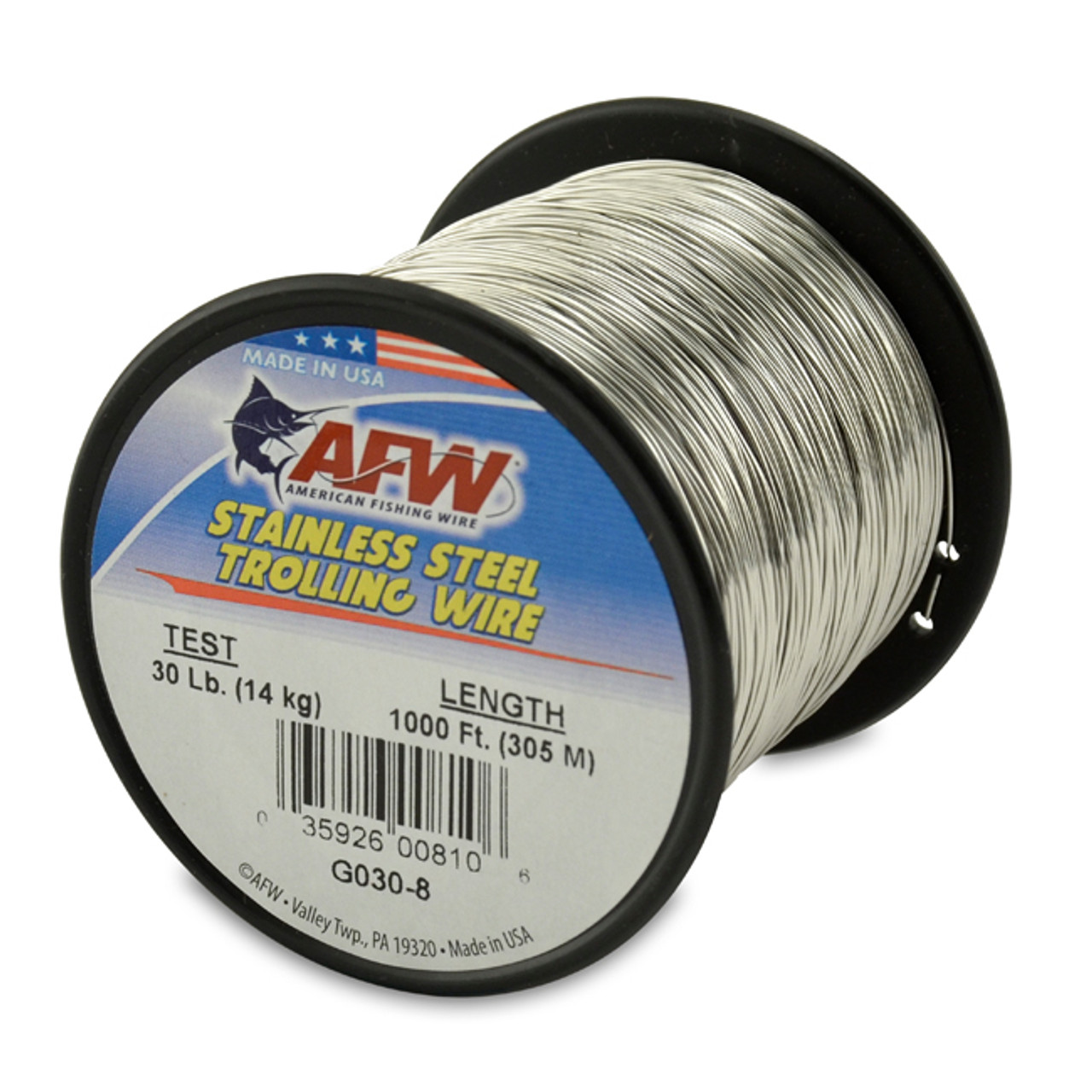
Securing Furniture From Damage
Securing furniture from damage helps protect your home and keeps your space safe. Pets like to chew and scratch. Furniture can get torn or broken easily. Simple steps can stop damage and save money.
Strong furniture keeps your room neat and tidy. It also lasts longer. You feel better in a well-kept home. Let’s explore easy ways to protect your furniture from pets.
Use Protective Covers And Pads
Place covers on sofas and chairs. Use soft pads on wooden furniture edges. These layers stop scratches and bites. They are easy to clean and replace.
Apply Bitter Sprays On Furniture
Spray bitter-tasting liquids on furniture surfaces. Pets dislike the taste and avoid chewing. Choose sprays safe for pets and furniture. Repeat the spray after cleaning.
Set Up Barriers And Fences
Use small barriers to block pet access. Place fences around valuable furniture. Barriers reduce direct contact and damage. They work well for large or delicate items.
Offer Chew Toys As Alternatives
Provide pets with plenty of chew toys. Toys distract them from furniture. Keep toys clean and in good shape. Rotate toys to maintain interest.
Monitoring And Maintaining Safety Measures
Monitoring and maintaining safety measures is key to protecting your home from chinchilla damage. Regular checks help spot problems early. This keeps wires and furniture safe for longer.
Safety is not a one-time task. It needs constant attention and care. Small steps can prevent big damages.
Regularly Inspect Wires And Furniture
Check wires for chew marks or exposed parts. Look at furniture for scratches or holes. Do this every week. Early signs show where to focus your efforts.
Replace Damaged Items Quickly
Fix or replace damaged wires and furniture fast. Broken items invite more chewing and can cause harm. Keep your home safe by acting without delay.
Use Protective Covers And Barriers
Cover wires with plastic tubes or spiral wraps. Use furniture protectors like slipcovers or guards. These barriers reduce damage and discourage chewing.
Keep Chinchillas Engaged And Busy
Provide toys and chewables to distract chinchillas. A busy pet chews less on wires and furniture. Rotate toys often to keep interest alive.
Set Up A Safe Environment
Arrange wires out of reach. Place furniture away from common chewing spots. A safer layout lowers risk and stress for your pet.

Frequently Asked Questions
What Does Chin-proofing Wires And Furniture Mean?
Chin-proofing means protecting wires and furniture from pet chewing or damage.
Why Should I Chin-proof Wires In My Home?
Chewing wires can cause damage, fire risks, and harm your pet’s health.
How Can I Protect Wires From Pet Chewing?
Use cable covers, hide wires behind furniture, or spray pet-safe bitter spray.
What Furniture Is Most At Risk From Chewing?
Wood, fabric, and plastic furniture are often targets for pet chewing.
Can I Use Sprays To Prevent Chewing On Furniture?
Yes, bitter or citrus sprays deter pets from chewing on furniture.
Are There Safe Materials To Replace Chewed Wires?
Use braided or reinforced wires designed to resist chewing and damage.
How Often Should I Check Chin-proofed Areas?
Inspect wires and furniture weekly for damage or signs of chewing.
Can Chin-proofing Improve My Pet’s Safety?
Yes, it helps prevent electrical shocks and ingestion of harmful materials.
Conclusion
Chin-proofing wires and furniture keeps your space safe and neat. Use covers and clips to protect cords from damage. Arrange furniture to block easy access to wires. Regular checks help spot any risks early. Small steps prevent big problems later.
Your home stays organized and secure this way. Simple habits make a big difference every day. Stay mindful and protect your wires and furniture well.

